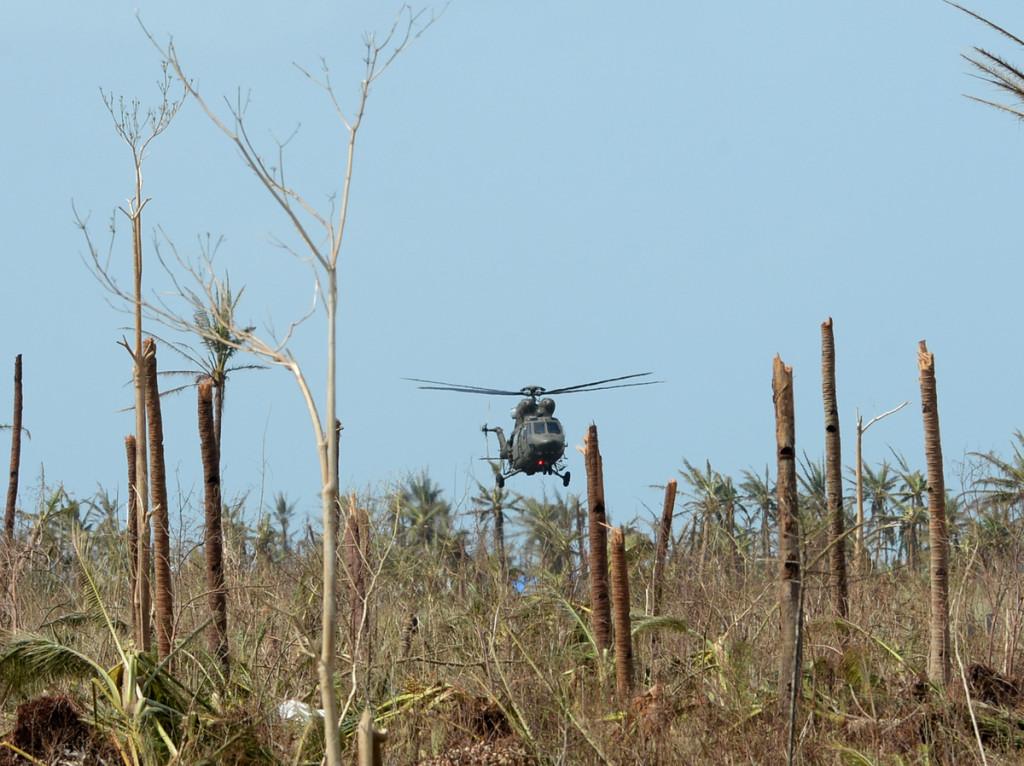Typhoon Haiyan Devastates Thousands
On November 8th, the Philippine Islands were hit head-on by one of the largest typhoons ever recorded. Damage shocked the surviving residents and dominated news headlines worldwide. Despite flocks of humanitarian aid from all over the globe, rescue for endangered citizens proved a much more difficult task than anyone had predicted. Death count estimates have fluctuated from anywhere between 3,000 (gaged at the beginning) to as much as 10,000 after more damage had been thoroughly assessed. As of November 26th, the count stands at more than 5,240 dead and 1,613 missing.
The super typhoon raged through the Pacific Philippine Islands, leaving nothing but destruction in its wake. According to the Business World Online, the economic losses potentially amount “between $6.5 billion and $15 billion dollars.” However, the economic loss is incomparable to the emotional harm and traumatic stress of Haiyan’s victims. “Beyond the estimates of damage and reconstruction, it is important to consider the intangible losses,” said Danilo C. Israel, senior research fellow at the Philippine Institute for Developmental Studies. 4.4 million people have been displaced because of the super typhoon that tore through their cities and ripped their homes entirely apart; and unfortunately, no amount of money can balance the weight of desolation and hopelessness experienced by those who still suffer even a month after the disaster.
This natural disaster has been deemed by some as “worse than war.” CNN claims that, “…nothing comparable to the super typhoon appears to have ravaged Leyte in more than a century.” In Tacloban, Leyte, one of the hardest hit provinces in the Philippines, surviving families have been struggling to get back on their feet. Unfortunately, the reconstruction will undoubtedly take years to complete. And even then, portions of the country may never return to the way they were before.
Despite the impassable damage in a majority of the provinces, a large number of relief teams have made an effort to help victims. Irin News states, “At least 117 health facilities in seven provinces in central Philippines were damaged by the category 5 typhoon.” Even before the typhoon hit, provinces throughout the Philippine Islands struggled to provide continuous health care to citizens. When disaster struck, the country already battling sanitation and health issues, major disease and outbreaks of problems were just waiting to happen. Because so many people have been displaced, families have grouped together in buildings that have survived the typhoon. One family is living in a schoolhouse with four other families. These living conditions are prime targets for the rapid spread of disease. This fear of disease resulted in mass amounts of immunizations and vaccine distributions for people seeking refuge in these community homes and elsewhere on the Islands. Humanitarian aid has made an extraordinary effort to prevent the worst from happening, and to lighten the load carried by the victims of Typhoon Haiyan.
In this time of distress, community plays an essential role in the lives of victims around the Philippines. Especially during this Holiday season, many people are doing everything they can do to help those in need. Numerous organizations all around the world have raised money to donate to the cause. Any and all help is received with gratitude by the damaged islands. It will take far more than a super typhoon to take away the sense of community and helping hands in the Philippines. Those affected are grateful for the help; and no matter how long it will take to rebuild, they will never give in to the weight of devastation.

People often refer to me as the Captain, due to my daring nature and ability to lead masses of people across storming seas unharmed. And even if people...








